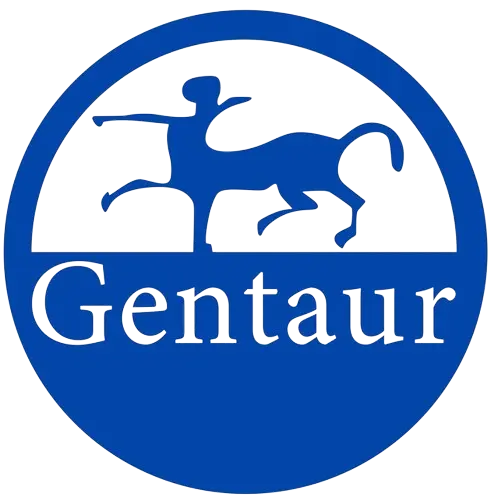Several laboratories from four countries are now directly involved with annotating the entire genome of the moss, Physcomitrella patens, as well as constructing a molecular, genetic and physical map of this genome. The 8X coverage of the moss genome was sequenced at the Joint Genome Institute (JGI) in Walnut Creek, California. The Community Sequencing Program at the United States Department of Energy chose a proposal submitted by Ralph S. Quatrano, Ph.D., Spencer T. Olin Professor and Washington University Biology Department chair, and Brent Mishler, Ph.D., professor of Integrative Biology and director of the Jepson Herbaria at the University of California, Berkeley, to sequence the plant's DNA.
The full project will be an international collaboration involving several additional laboratories worldwide, including United Kingdom laboratories run by David Cove, Ph.D., and Andrew Cuming, Ph.D.; a German laboratory headed by Ralf Reski, Ph.D., and a Japanese laboratory directed by Mitsuyasu Hasebe, Ph.D. The diversity of the researchers will expand the usefulness of the genome sequence into a wide spectrum of research, encompassing how genes function in plants to how plant genomes evolved.
Although the moss Physcomitrella patens is a small plant, its genome (about one-half billion base pairs) is actually larger than that of the first plant genome to be determined: Arabidopsis thaliana, a simple flowering plant that plant scientists worldwide use as a model for the study of seed plants, and about the same size as the genome of the crop plant rice.
Mosses are considered to be the first land plants that evolved about 450 million years ago, predating the flowering or seed plants by some two hundred million years. Although this non-vascular plant lacks structures such as flowers, seeds, true roots, stems and leaves, some of its traits, for instance, surviving extremes of dehydration, may be adapted for use in contemporary crops. Unique experimental features include few and simple cell and tissue types, ease in growing and undergoing sophisticated genetic manipulation including the capacity of this organism to integrate transforming DNA by homologous recombination at frequencies higher than that of any other multicellular eukaryote. This feature provides a unique tool for sophisticated genetic manipulation.
Studying the genes that control such traits as tolerance to drought stress in the moss might provide keys to how these characteristics could be incorporated into flowering plants. "Once we have the genome of the moss, we will be able to compare the genome of a simple plant to those of complex plants," said Quatrano, an internationally renowned plant scientist. "Knowledge of this plant's genome will allow comparisons between genes to be made that will give us insights as to gene function. Also, the basal position of Physcomitrella patens in the land plant phylogeny will clearly lead to further understanding of land plant evolution using comparative genomics. These approaches will open doors of understanding into plant genomes."
Although the genome will be sequenced in the United States, Quatrano noted that the sequencing project represents a triumph for international plant science. Initial funding by the United Kingdom's Biotechnology and Biological Sciences Research Council (BBSRC) to Leeds researchers, and by Washington University to Quatrano, led to research collaborations between Washington University and Leeds five years ago that resulted in the sequencing of certain expressed genes of the moss by the Genome Sequencing Center (GSC) at Washington University. The GSC will be "closely integrated with the sequencing effort at the JGI for help in assembling, annotating and finishing the complete moss sequence", said Quatrano. “A number of national agencies made a prior investment in this organism that was instrumental in the success of the present JGI proposal”, Quatrano noted.
Beyond programs in the United States and the United Kingdom, the Physcobase program at the National Institute of Basic Biology (NIBB) in Japan and Reski's industrially supported (BASF) program at Freiburg University all helped develop a range of molecular and bioinformatics resources including EST collections, analysis of gene expression and mutant collections. Quatrano said “the collaborators are hopeful that, as sequencing gets under way, the wider community of plant scientists will increasingly recognize the potential of this organism.”
The JGI genome project will take advantage of a continuing multinational perspective, with further funding expected from the Japanese government to Hasebe at the NIBB, which will enable the complete sequence determination of full-length genes that are expressed, substantially accelerating the task of analyzing and annotating the full genome.

Experience a new world
Put yourself at the center of an extraordinary biotechnology with exclusive research reagents.
Multi research
Conquer leaderboards, crush workouts, create of VR classics and all-new experiences.
More DetailsFreedom
No matter who you are, with a growing library of cDNAs and expression vectors there is no limit to where you can clone and what you can insert in the genome.
More Details